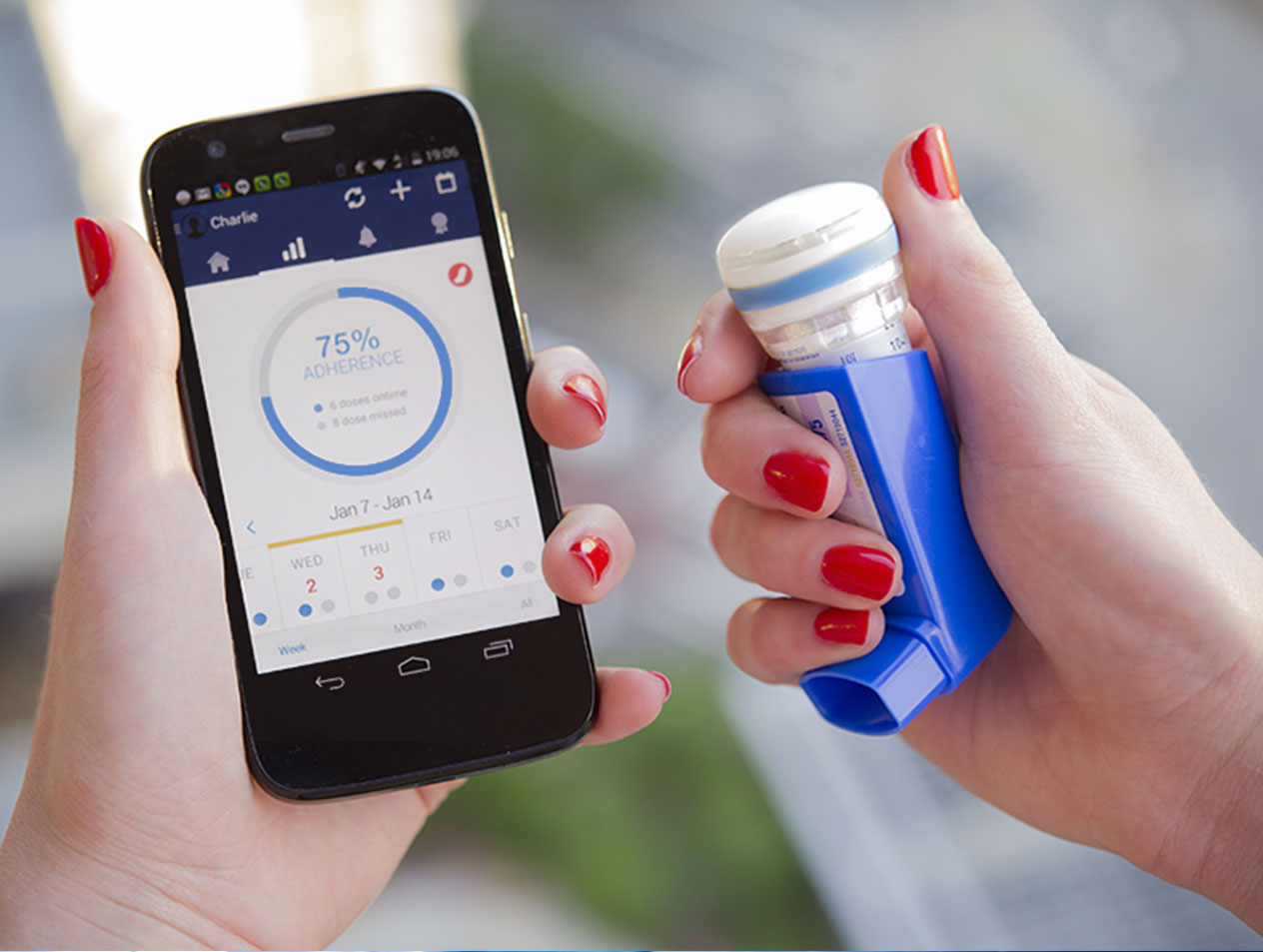The concept of inhaling medication is known to humankind for centuries. This age-old concept saw some advancement, especially in the 2nd half of the last century, and resulted in the development of devices like nebulizers, pressurized metered-dose inhalers (pMDI), and dry powder inhalers (DPI). Today, these devices treat various medical conditions like chronic obstructive pulmonary diseases (COPD) such as asthma, cancers, AIDs, and diabetes by inhaling a drug in an aerosol form that delivers the medication to the airway directly, without passing through the blood. This methodology is rapid, safe, effective, and cost-effective since it requires a lower drug dosage.
The nebulizers and inhalers were a welcome relief for patients with pulmonary conditions since they had an easy means of inhaling the medicine needed to treat their disease without visiting their doctors very often. Apart from its convenience, these devices gave them the freedom to control their treatment regime once prescribed by their doctor.
Like many medical conditions, chronic pulmonary diseases (where inhalers are predominantly used) require adhering to a strict medication schedule to achieve the desired effectiveness in treating these conditions. The advantages of inhalers, i.e., convenience and freedom of control of treatment by the patients, turned out to be their significant drawbacks since the patients often misused this freedom of management of treatment by not strictly following the prescribed treatment regime, thereby seriously affecting the effectiveness of the treatment of these conditions. Further, the inhalers are inefficient with the delivery of less than 20% of the drugs to the affected areas, with the rest of it getting left in the mouth and throat. Their efficiency gets further affected if the user is unable to use the inhalers properly. All these factors led to the need for the invention of ‘smarter’ inhalers where the treatment routine and the patient’s progress are monitored by the doctors instead of only leaving it to the patients for self-controlling and reporting.
Smart inhalers have digital features designed to connect with a digital application installed on different devices like computers, tablets, and smartphones. Smart inhalers have been of great help to patients and doctors in providing efficient patient care because of their features which otherwise would have been a manual task (like remembering to take the medication). The features also assist in performing tasks that are impossible to achieve manually (like measuring the pollution level of the patient’s environment and warning them).
These smart devices include some beneficial features. Reminders can be set up for the patients to take the medications on time, track the stock, and order refills. They can advise the patients if they are not using the correct inhaler technique. The proper inhaler technique is essential for delivering an adequate amount of the drug to the affected areas to ensure the effectiveness of the treatment and minimize side effects. Alerting and helping patients to correct faulty techniques would save them from potential suffering and additional healthcare costs. They automatically track the usage to ensure that the patients follow the prescribed treatment regimen. The patients can also be alerted if they are away from the smart inhalers so that the inhalers are always handy for the timely administration of the medication and use in case of emergency. These smart devices can sense air pollution levels in the patients’ atmosphere and warn them of possible exacerbations.
Smart inhalers are proving to be very useful in providing a more proactive and effective patient care. The doctors can remotely track the condition of their patients on a real-time basis and monitor the efficacy of their treatment. It also has extended patient care to more people, one of the primary healthcare goals, including the remote location, which often lacked expert patient care facilities. The data collected over time from individual patients are valuable for the doctors to provide more personalized treatment and possibly predict and prevent some conditions like asthma attacks. In addition, these patent data are handy for studies and research.
Technology is becoming an integral part of our lives, and healthcare is no exception to this. Smart inhaler technology is one of many instances of pharmaceutical engagement in digital health for better disease management and control, reducing health risks, and promoting health and wellness. However, one of the significant challenges of smart inhaler devices is retaining and sharing patient data between devices manufactured by different manufacturers so that the patients do not suffer by changing their devices. Some level of regulatory framework compelling manufacturers to follow specific technical standards in this regard would help in this regard.

Leave a Reply